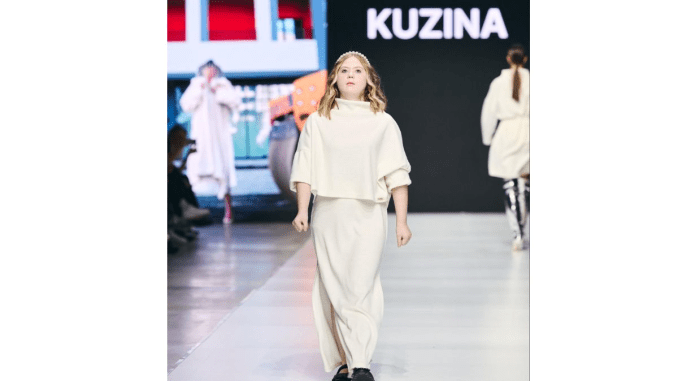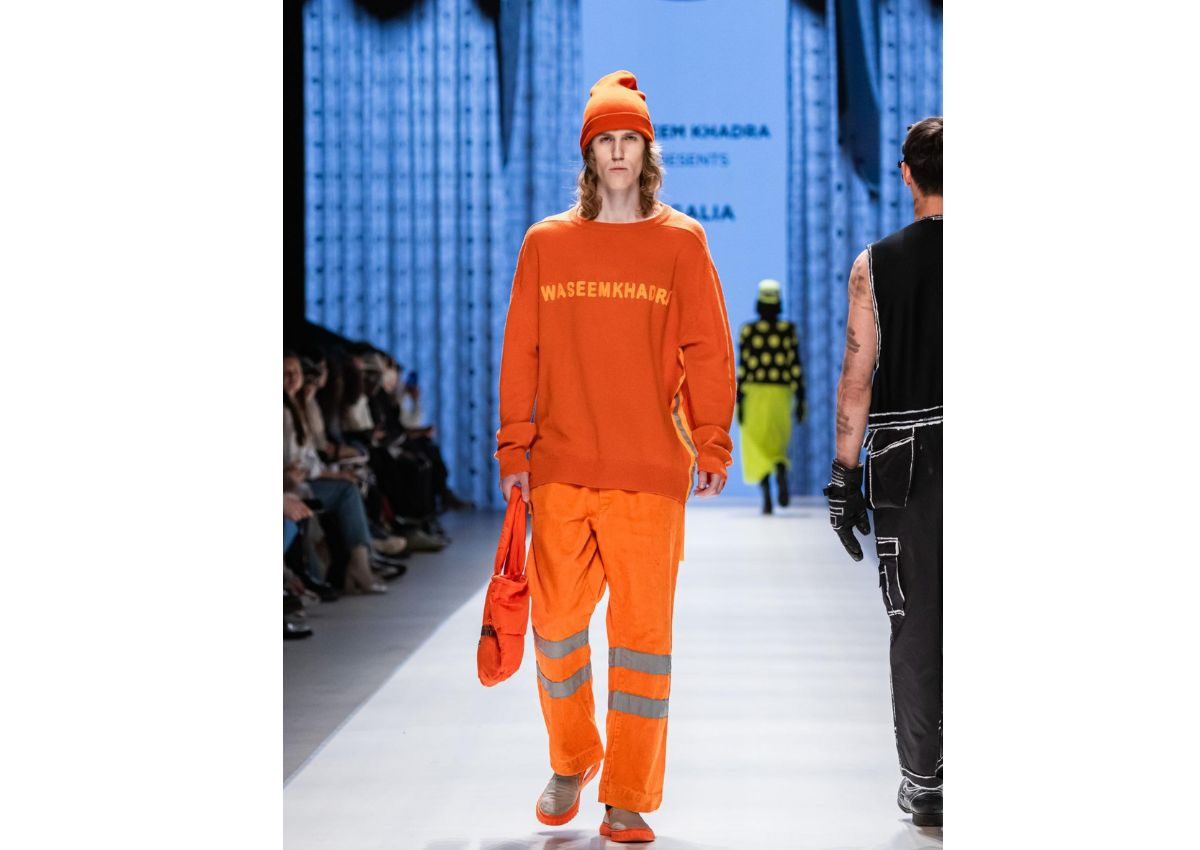
Africa’s budding fashion scene was showcased at Moscow Fashion Week, with up-and-coming designers enthralling spectators with their blend of cultures.
This March, Moscow Fashion Week showcased Africa’s emerging fashion sector in a display of cultural fusion, with up-and-coming designers stealing the show and captivating the crowds.
The Formal Revolution of Mastewal Alema
Ethiopian fashion designer Mastewal Alema gained notoriety for her elegant evening wear, which featured a revolution in form rather than a color explosion. Think billowing sleeves, corset ties, large ruffles, and striking necklines, all made of natural materials that gave luxury an air of refinement.
Soweto Boys: Urban-Chic Integration
The urban-chic Boys of Soweto, representing South Africa, blended a metropolitan street attitude with classic flair. Their exhibit included outfits that could be worn in a variety of ways, cardigans that looked great, and roomy suits that were laced with bold typography. The modern fashionista found resonance in the brand’s ability to create items that can be layered for unlimited wardrobe reinvention. Similarly, DOPE shop maintained its commitment to unrestrained expression by showcasing a variety of simple yet eye-catching big pieces that exhibited a vibrant color scheme and a love of prints. The models created a big impression on the runway when they daringly decided to go barefoot.
The Theatrical Presentation of Waseem Khanda
Two different Egyptian labels contributed to Africa’s lively presentation. With her delicate tailoring and embroidery standing out against animal designs and ethnic motifs that honored the brand’s heritage, Alia Abaza effortlessly blended the old with the modern. Waseem Khadra, on the other hand, put on a humorous procession that resembled a theatrical production and had models that represented a variety of common occupations. Renowned Chinese film star Lily Ji found it moving and praised the showcase for bringing attention to the often-unnoticed labor force and their environmental conscience.
Known for her parts in the movies Pacific Rim 2 and Skiptrace, Lily Ji herself wowed the Moscow audience by showing up in historically significant clothing that honored her background and had hints of Ming and Song era grace. This was a heartfelt tribute to cultural identity and history in the face of globalization.
Inspired by the timeless artistry of Tunisian pottery, wonderfully represented in rich indigo tones, Anissa Aida weaved classic North African silhouettes with Far Eastern influences, creating a sartorial symphony of east meets west from the ports of Tunisia.
Moscow Fashion Week served as a hub for cutting-edge designs from China, Brazil, India, and host Russia, in addition to Africa’s offerings.
Kuzina’s Vibrant Statement: All-Inclusive Representation

Russian designers embraced the trend toward ethical fashion by showcasing inclusive representation and ecological processes. The young goblincore movement was reflected in by/DAS/’s upcycled knits, and Tweed&Ko brought back the allure of old wool. The use of cotton, nettles, and linen across the collections demonstrated a persistent dedication to eco-friendly materials. Kuzina’s choice to feature models with Down syndrome, meanwhile, promoted a broader meaning of beauty, a concept that is now widely accepted.
Once more, Moscow Fashion Week was a model platform for inclusivity, diversity of culture, and strong collaboration within the global fashion industry.
Leave a Reply